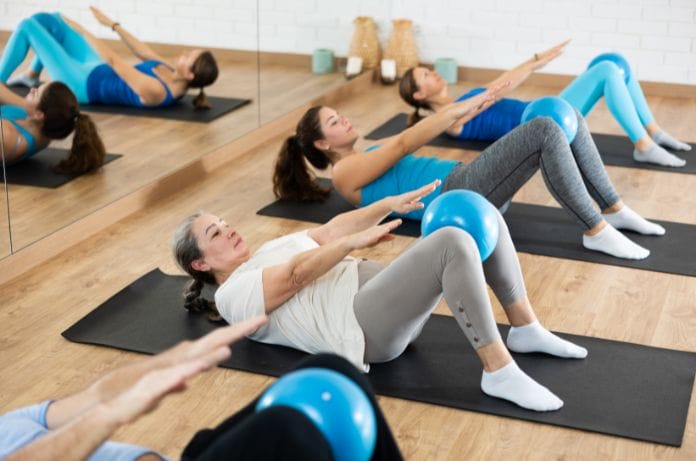Exercise improves physical fitness and enhances mental well-being. Some activities can alleviate muscular imbalance caused by scoliosis and improve overall comfort. Read on to learn about some exercise considerations for people with scoliosis.
Do Back and Core Strengthening Exercises
One of the biggest myths surrounding scoliosis is that people with scoliosis shouldn’t exercise. However, the right exercises can improve flexibility, posture, and muscular balance. Consult with your doctor before starting any exercise routine; your doctor will consider your age, overall physical health, and details of your scoliosis to provide helpful guidelines.
Back- and core-strengthening exercises activate the muscles in the shoulders and back and keep the spine in a neutral position. These exercises include planks, pelvic tilts, and wall stands. Low-impact exercises like tai chi, Pilates, and yoga can be fulfilling ways to build back and core strength.
Ask About the Schroth Method
Another type of exercise that people with scoliosis should consider is the Schroth Method. The Schroth Method of scoliosis therapy is a non-surgical treatment that can help alleviate pain, improve flexibility, and stop curve progression. If your doctor determines that Schroth exercises might benefit you, a physical therapist can create a tailored program.
In your Schroth sessions, you’ll do strengthening exercises that promote muscular symmetry. You’ll learn helpful breathing techniques that work to rotate the spine and develop an awareness of your posture to help improve your body’s alignment. If you’re interested in these exercises, ask your doctor whether the Schroth Method would suit you.
Try To Avoid Certain Exercises
Finally, some sports and exercises can exacerbate scoliosis issues. Talk to your doctor for the best information regarding what to avoid. People with scoliosis should generally avoid activities that place the spine in an unnatural position. Over-arching your back during a workout can put excessive strain on your spine.
Scoliosis places uneven force on muscles, often causing muscles on one side of the curve to grow weaker than muscles on the opposite side. Movements that emphasize imbalance can worsen pain and discomfort. For example, activities like golf and tennis overuse one side of the body and can pull posture into a detrimental position.






